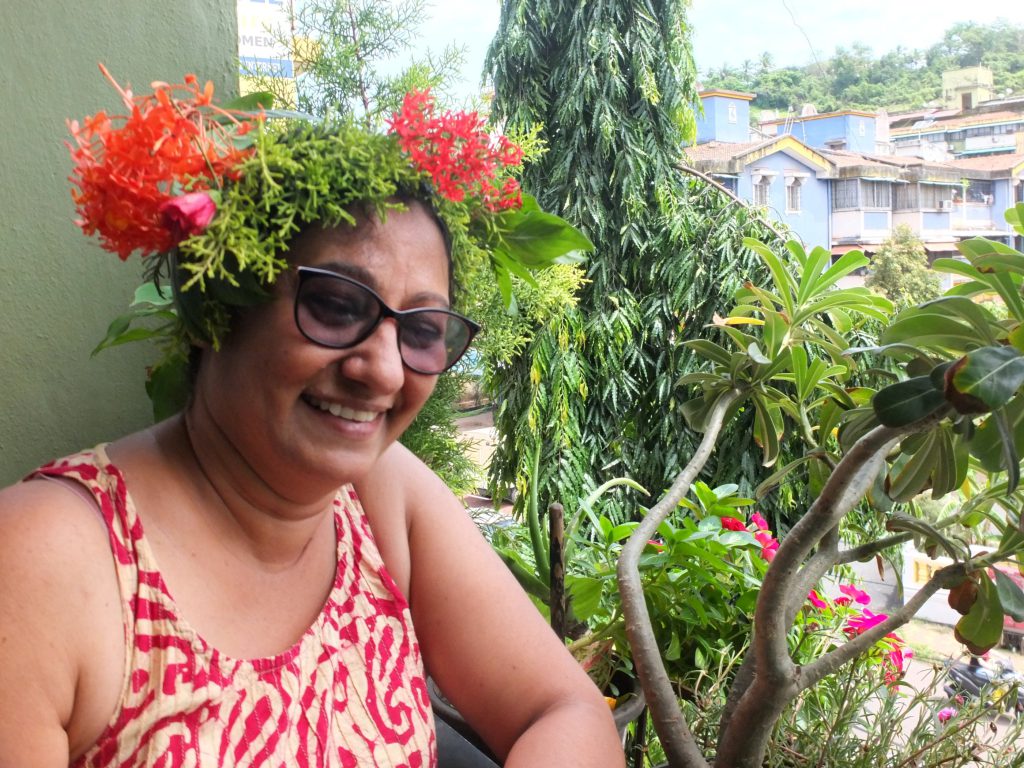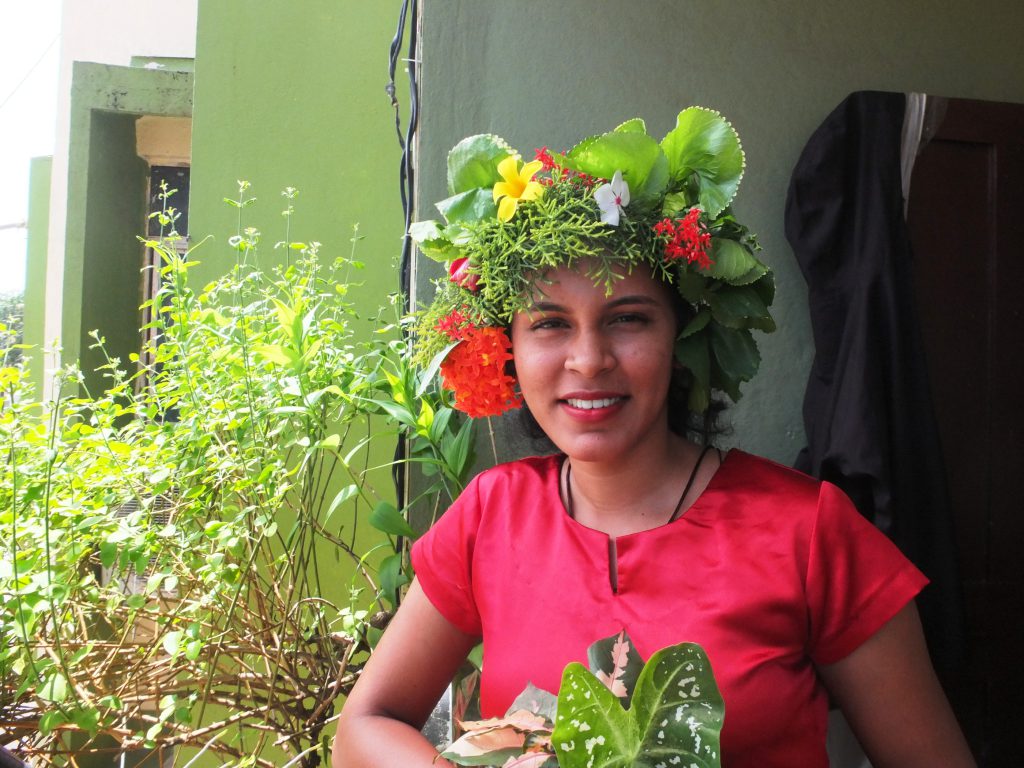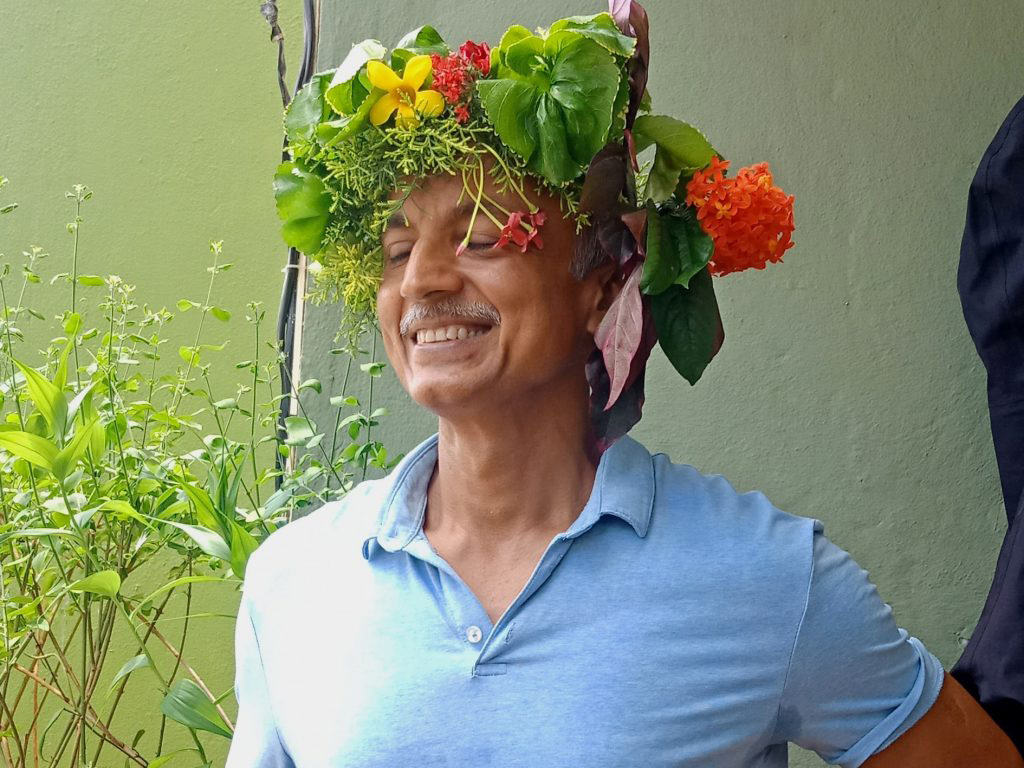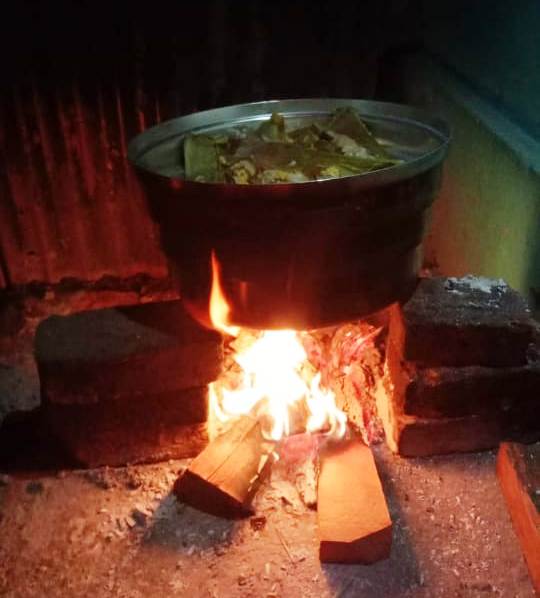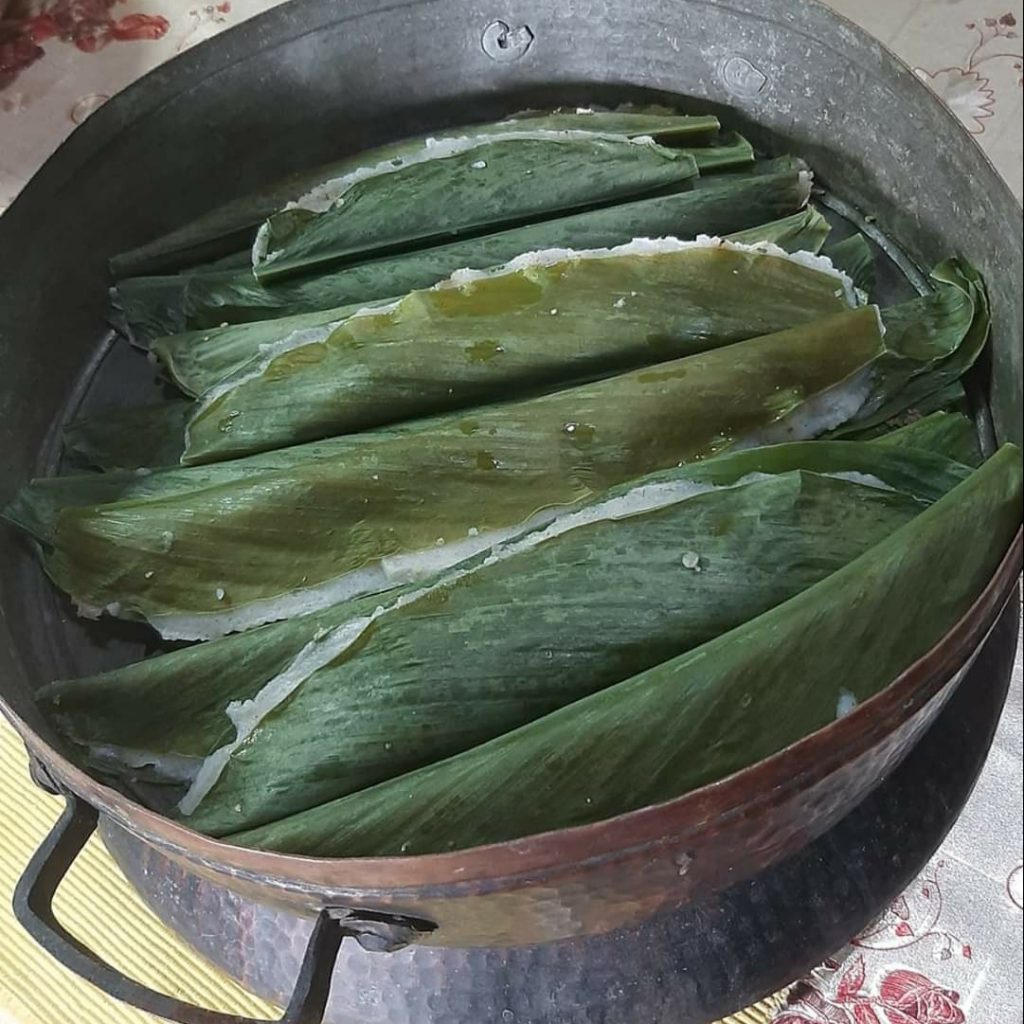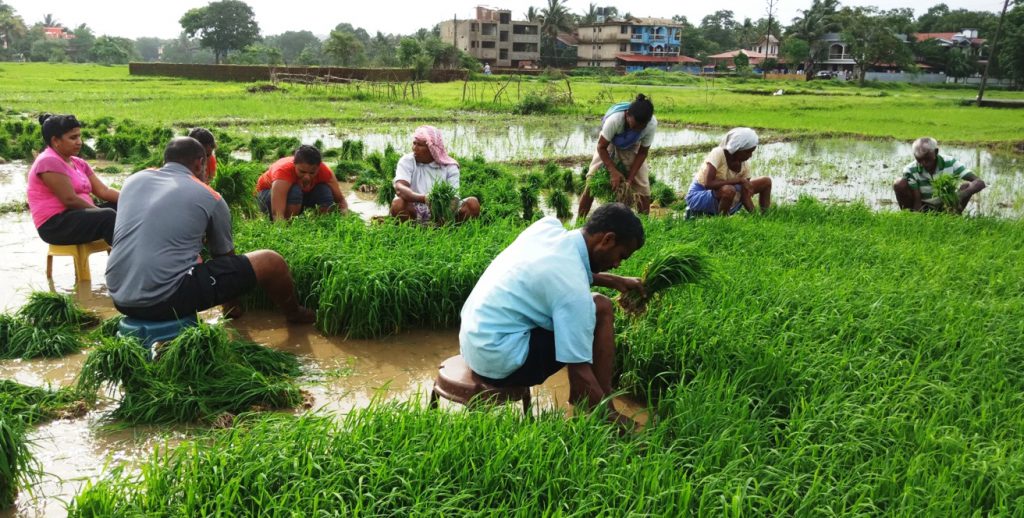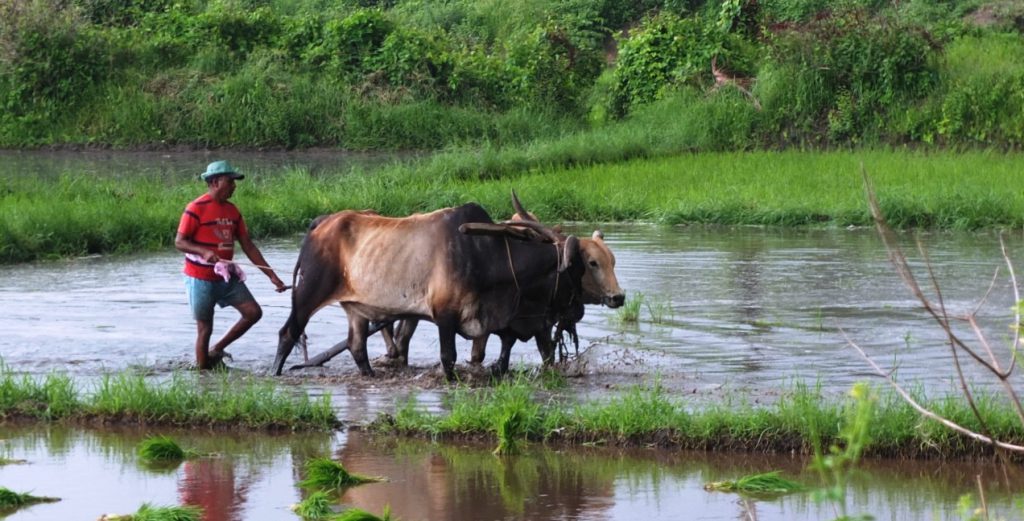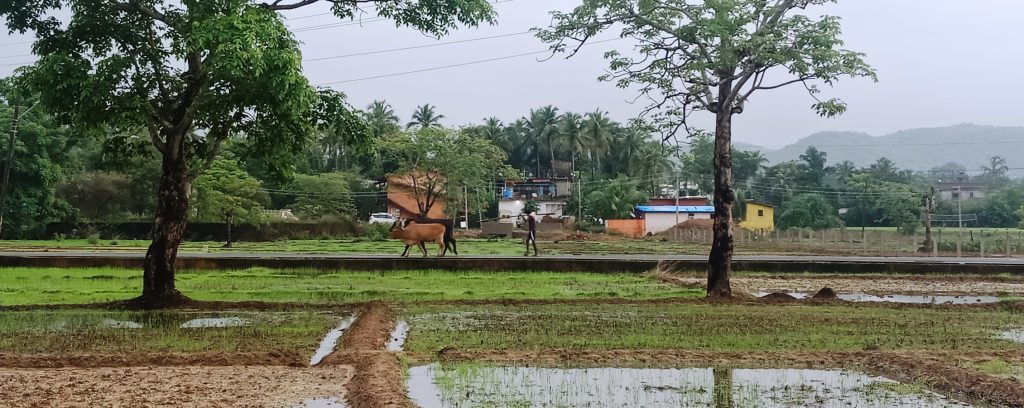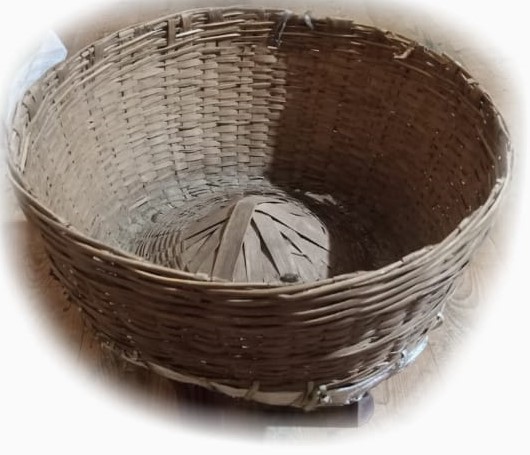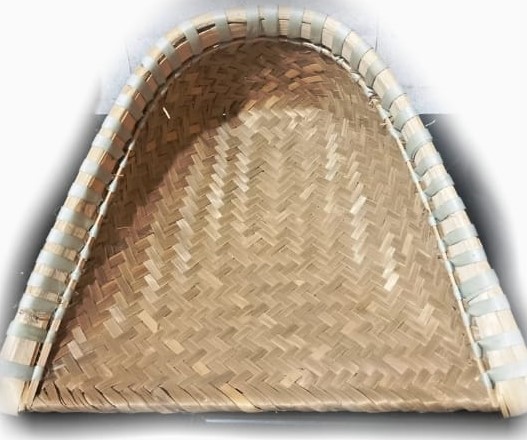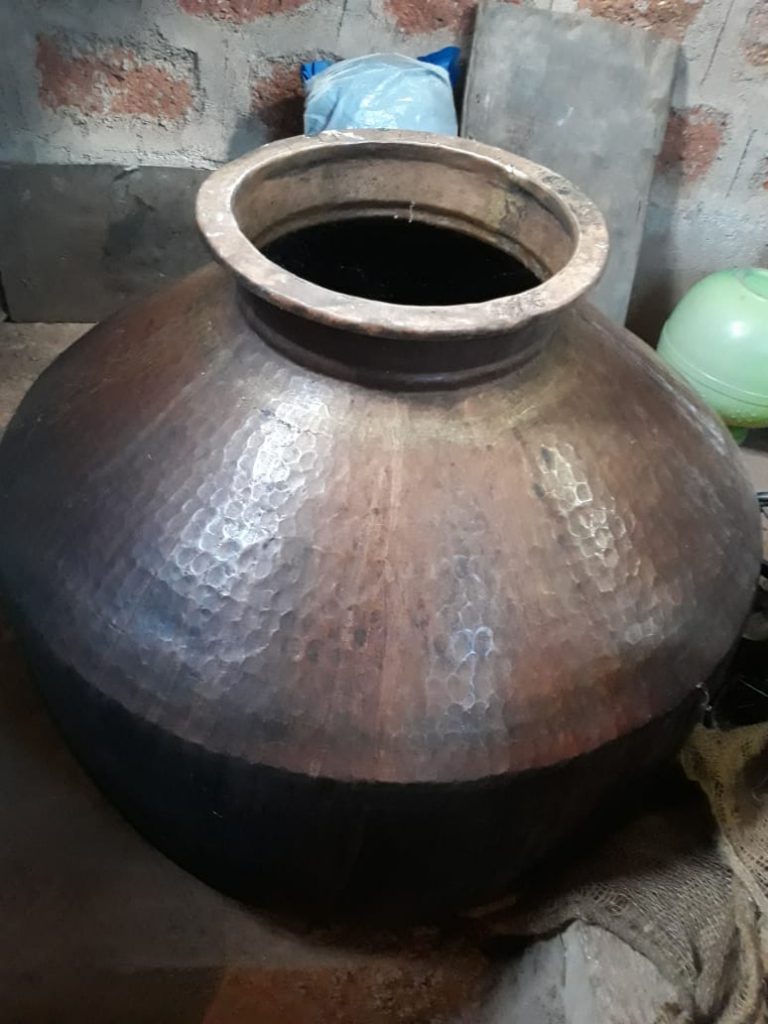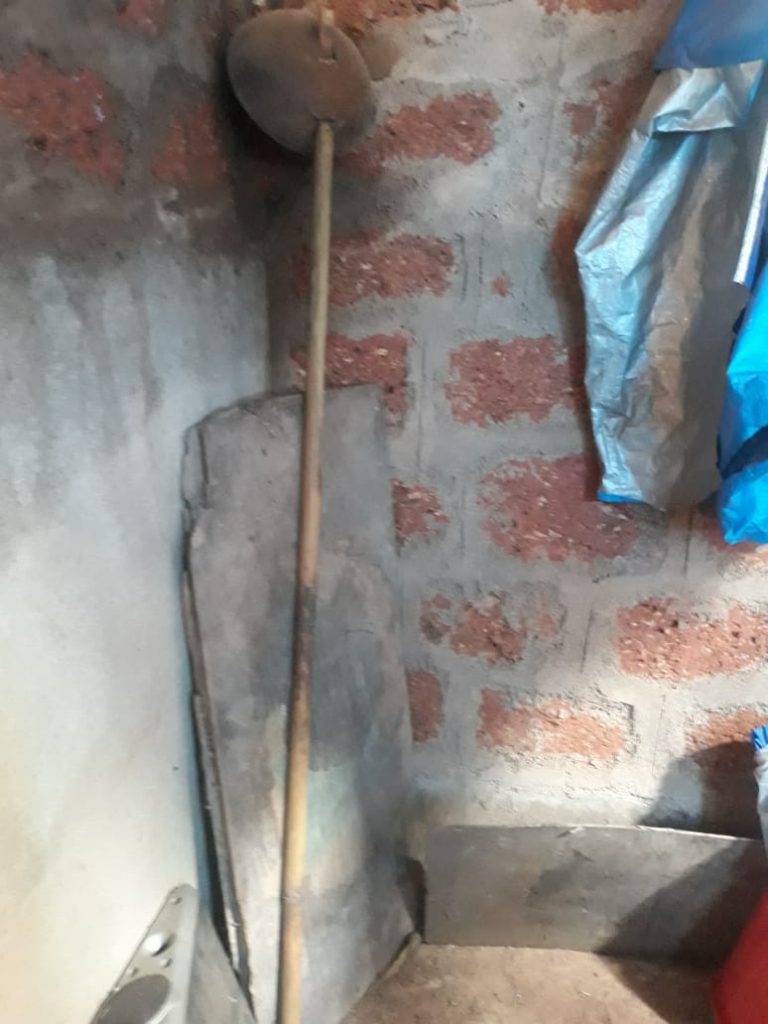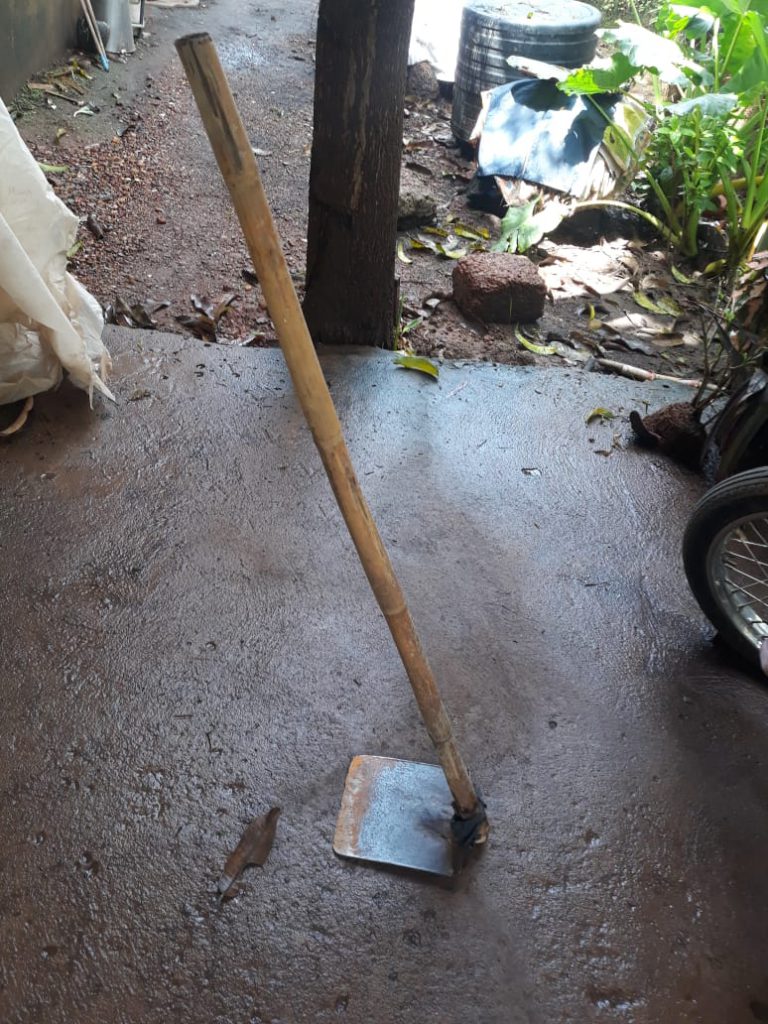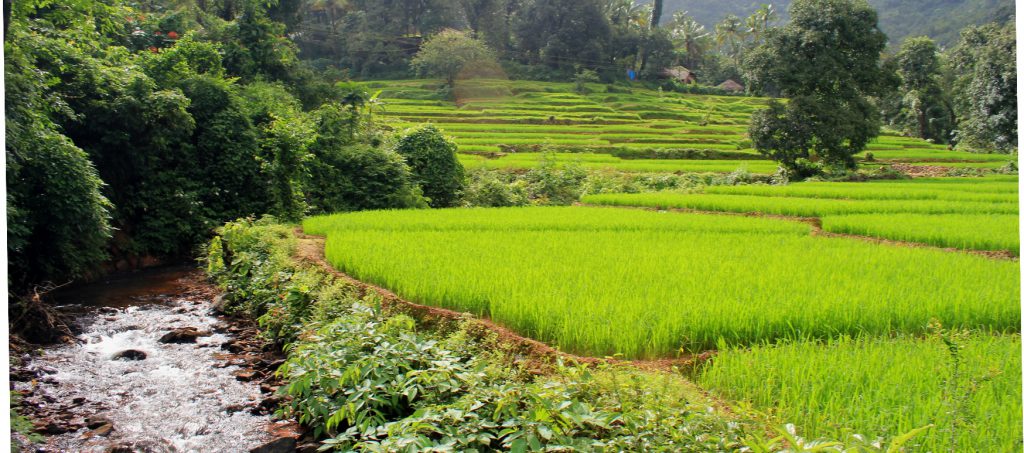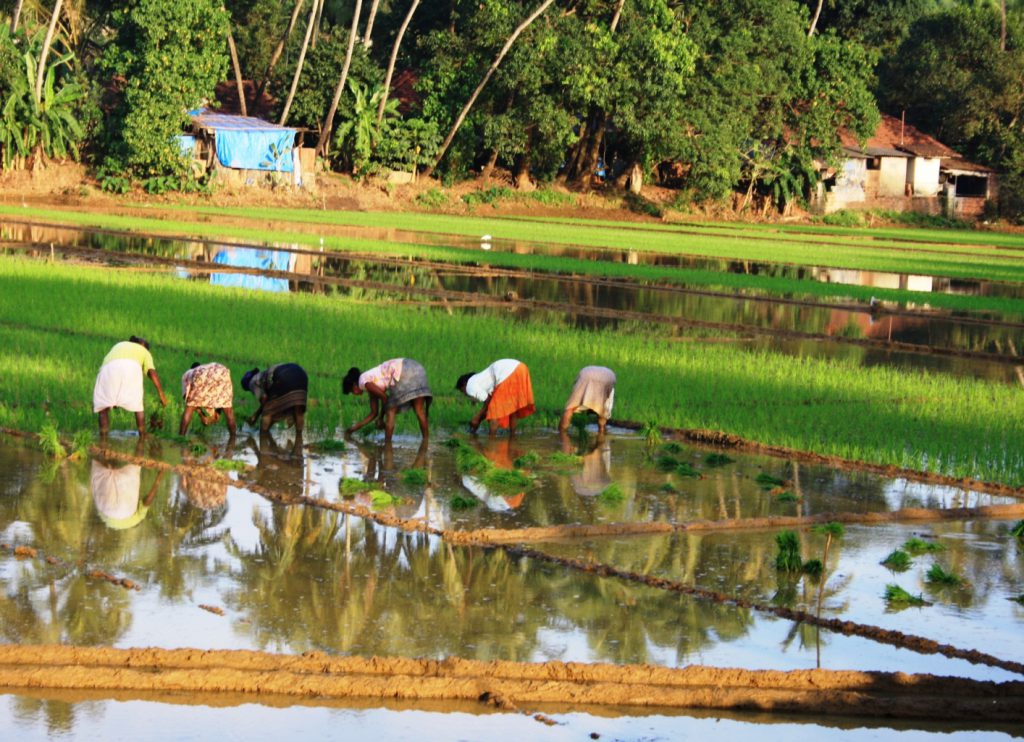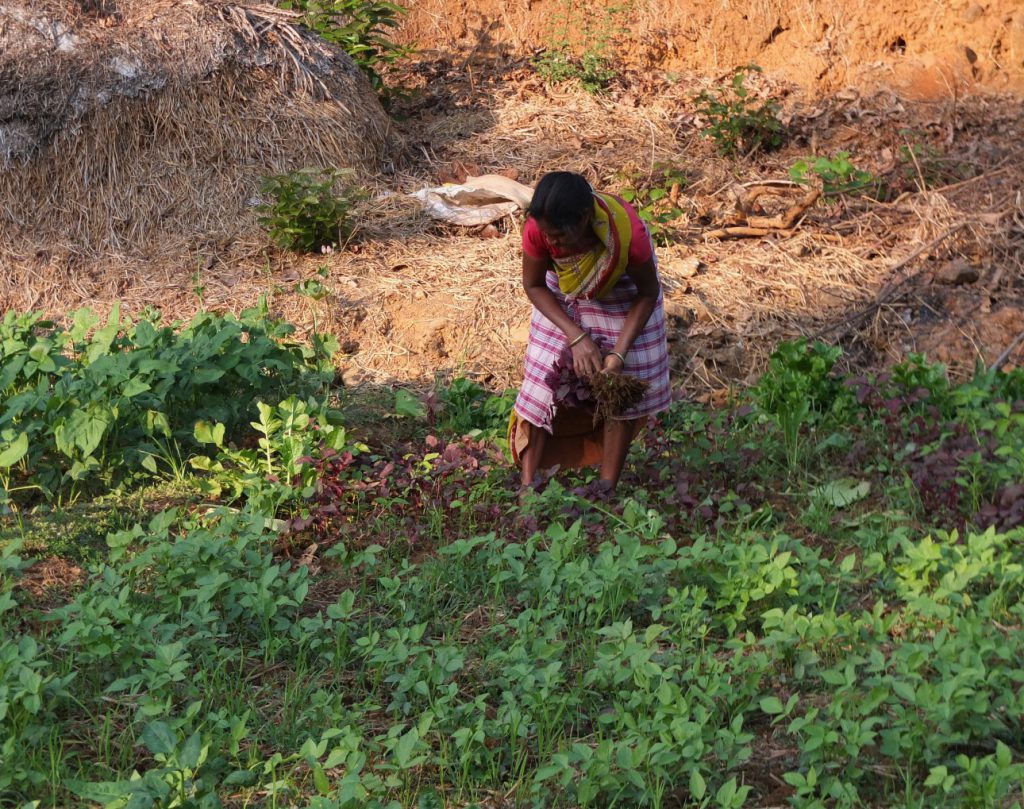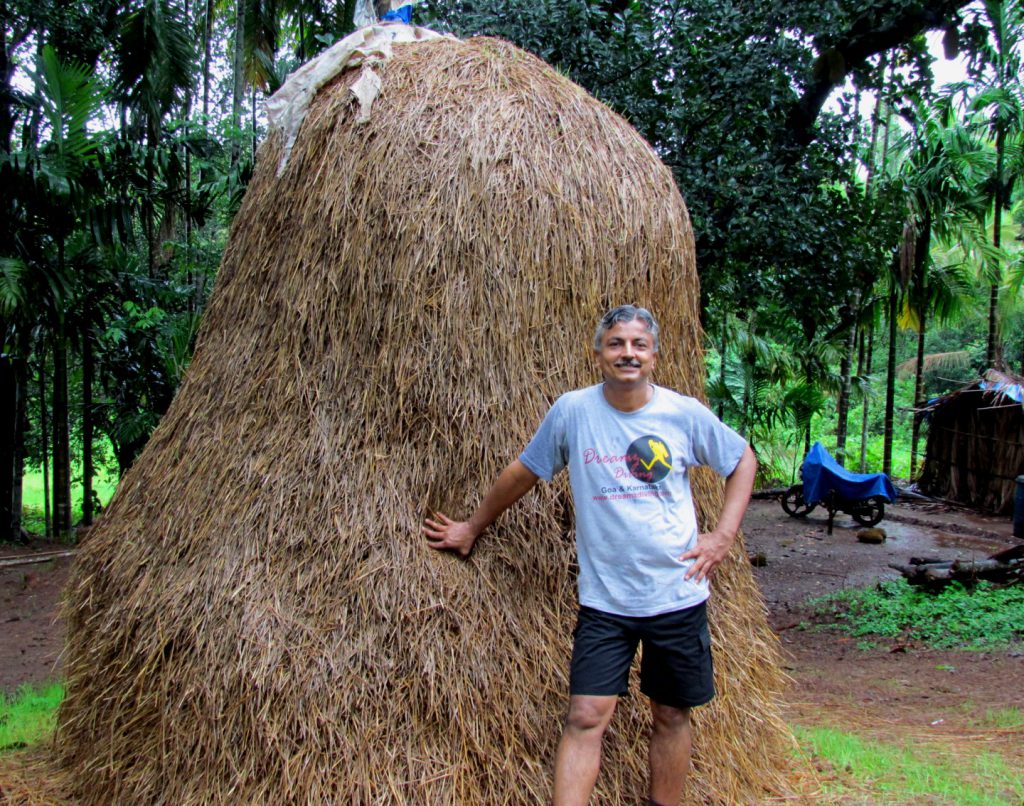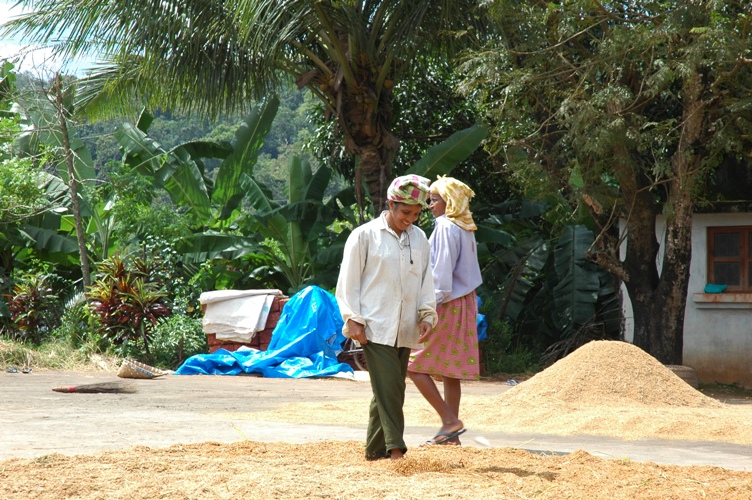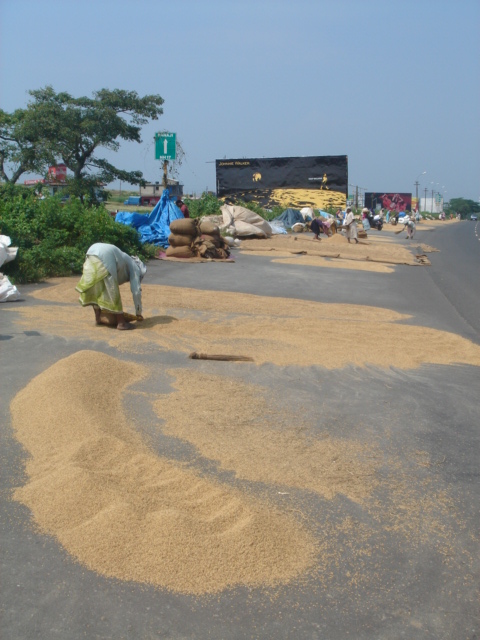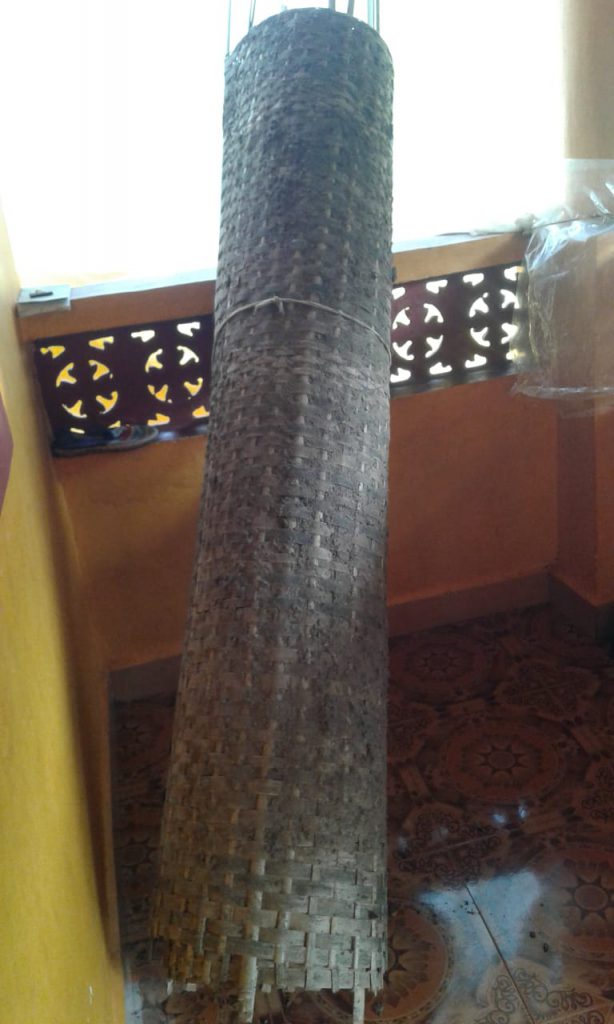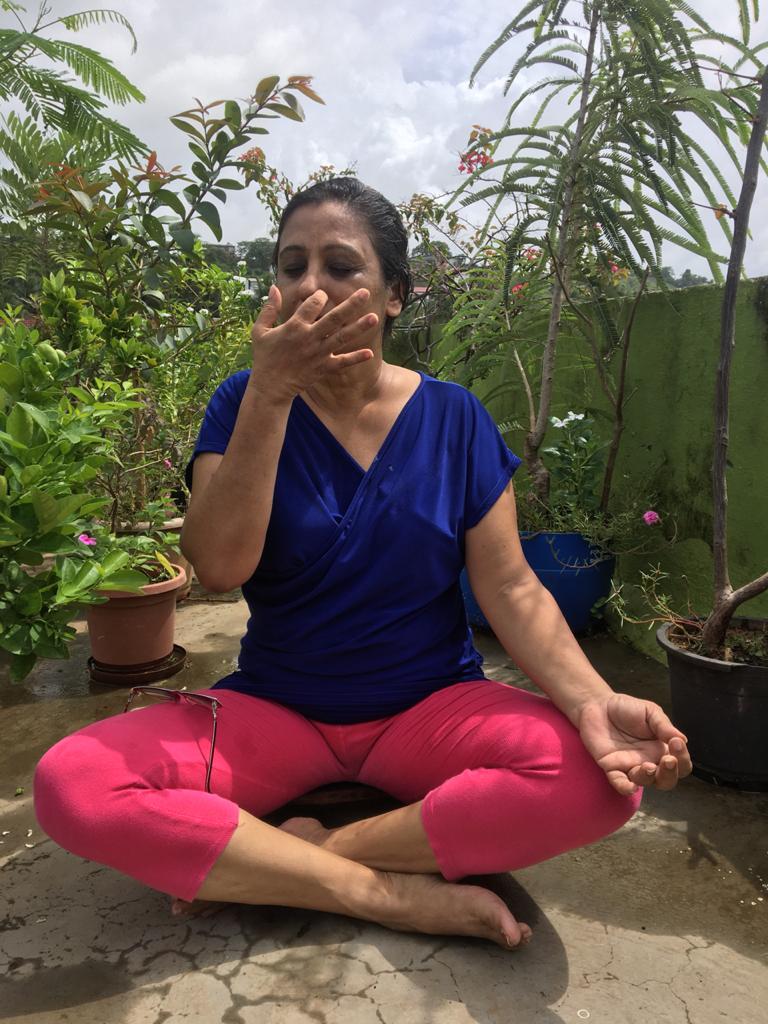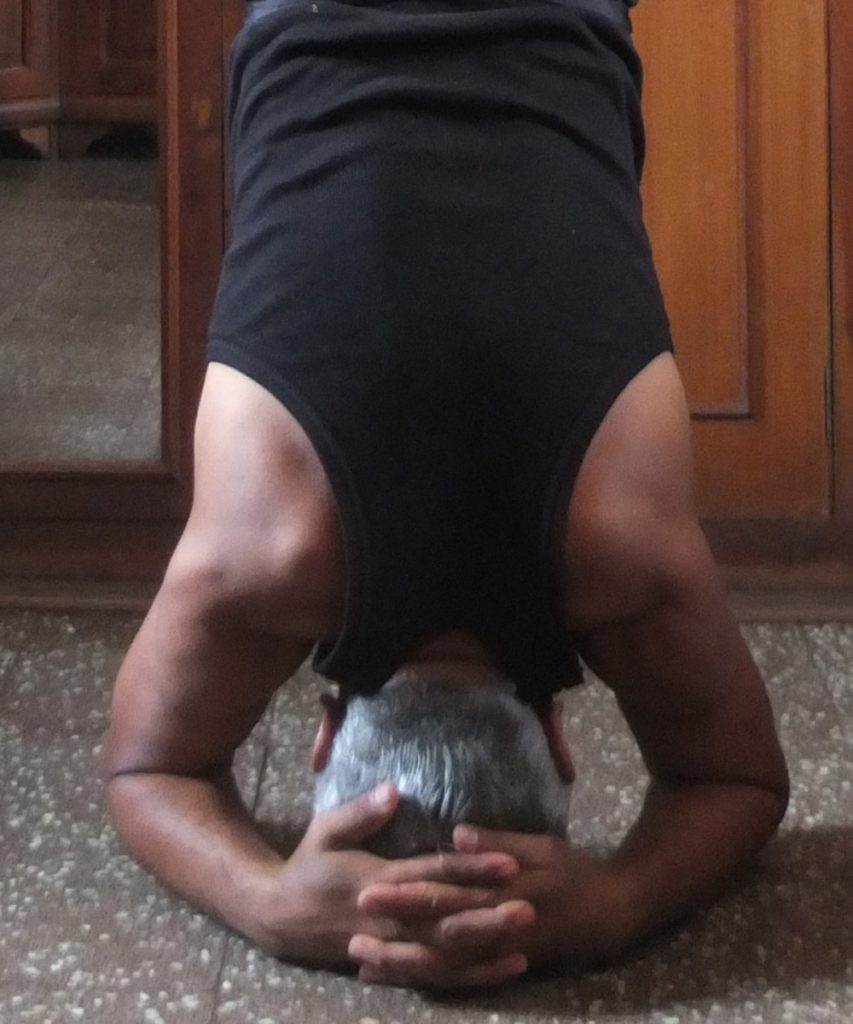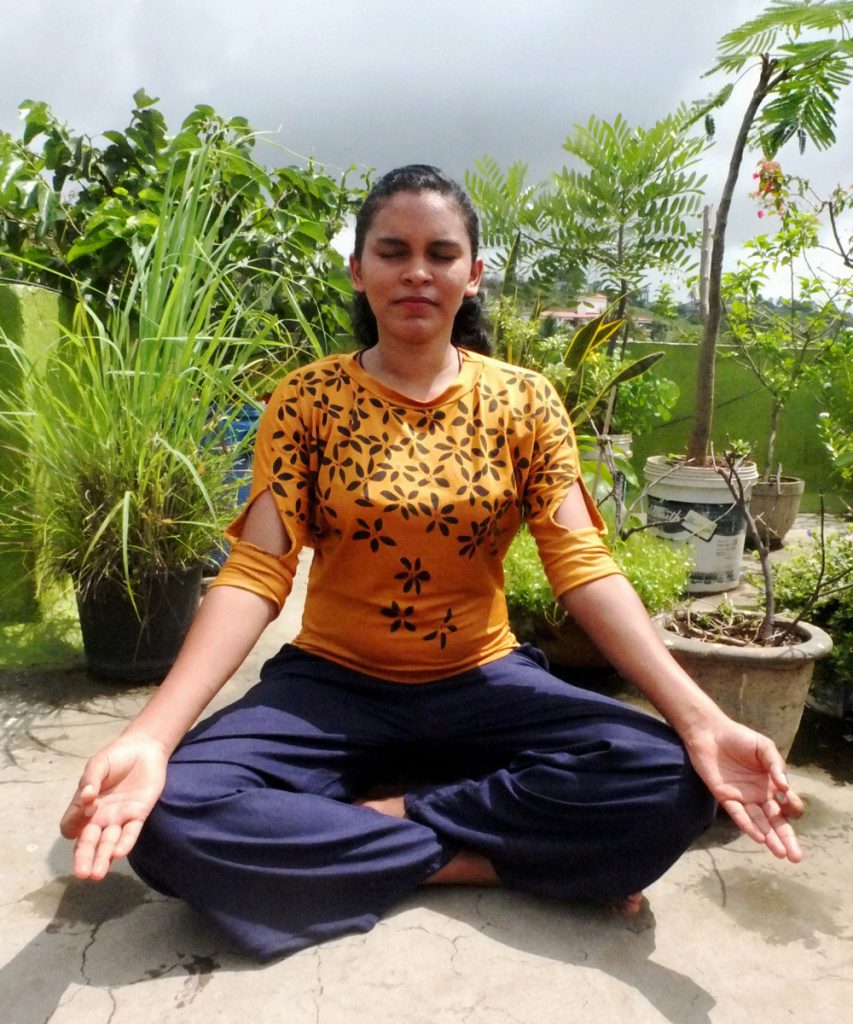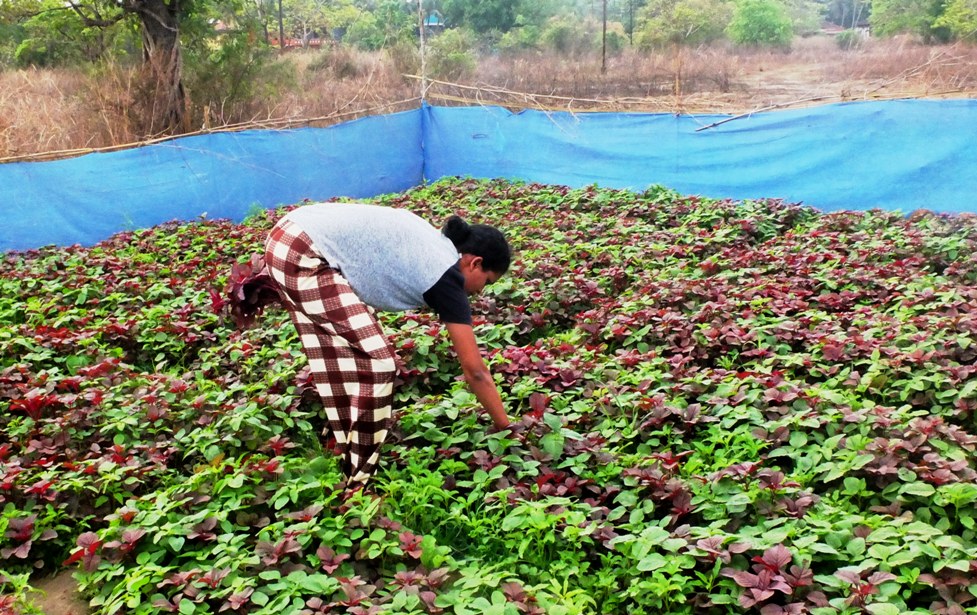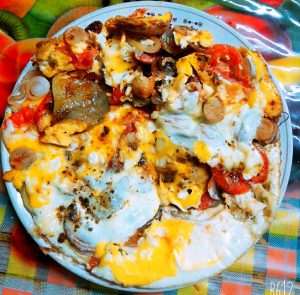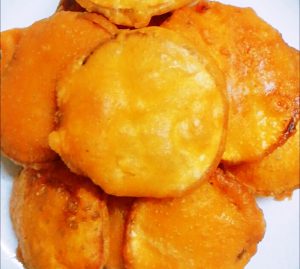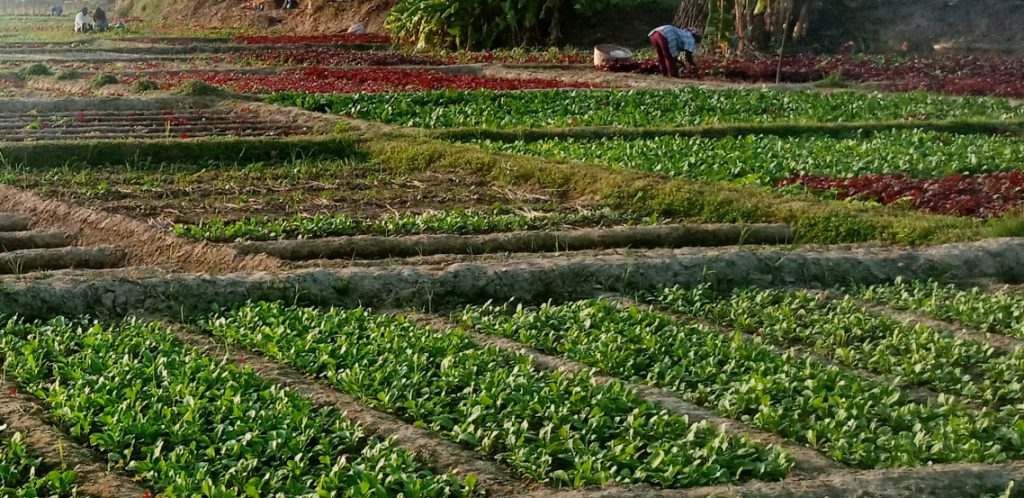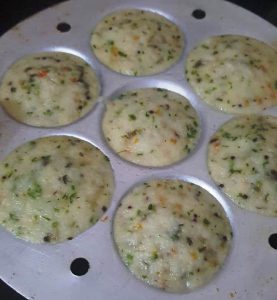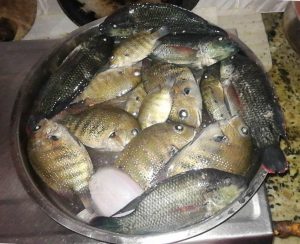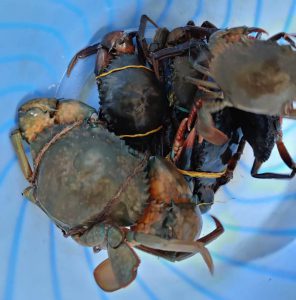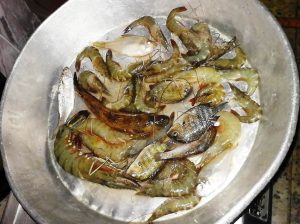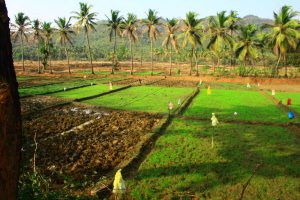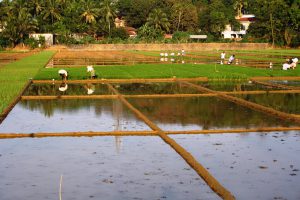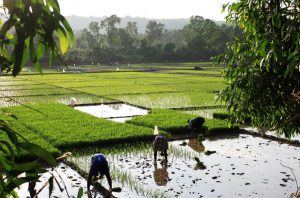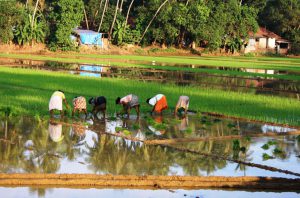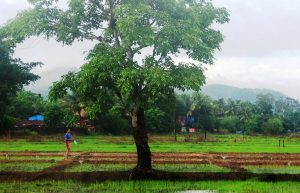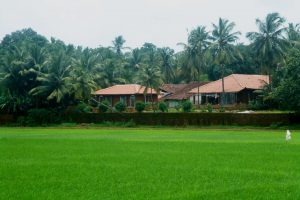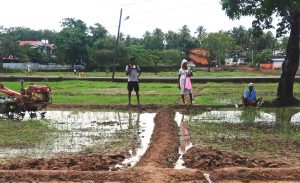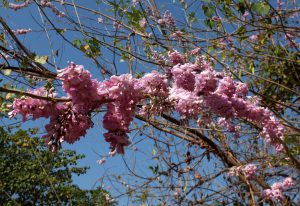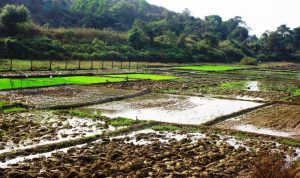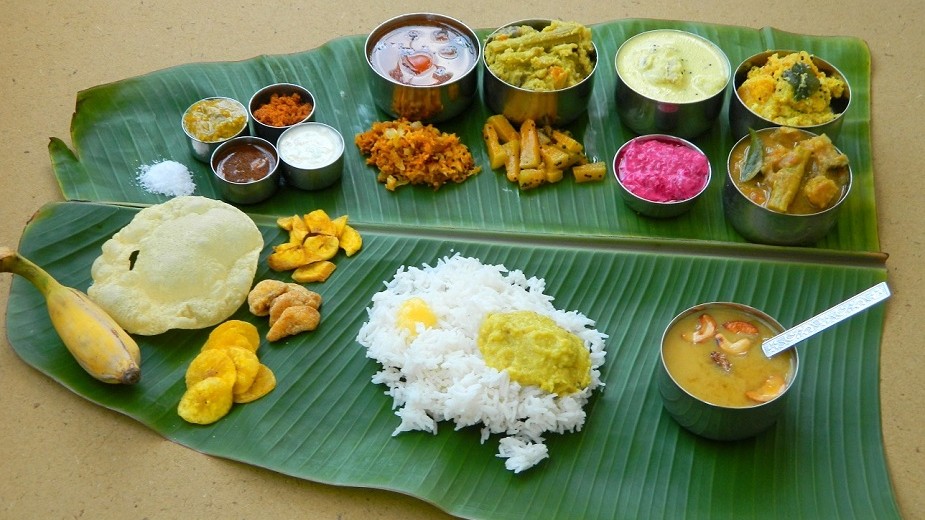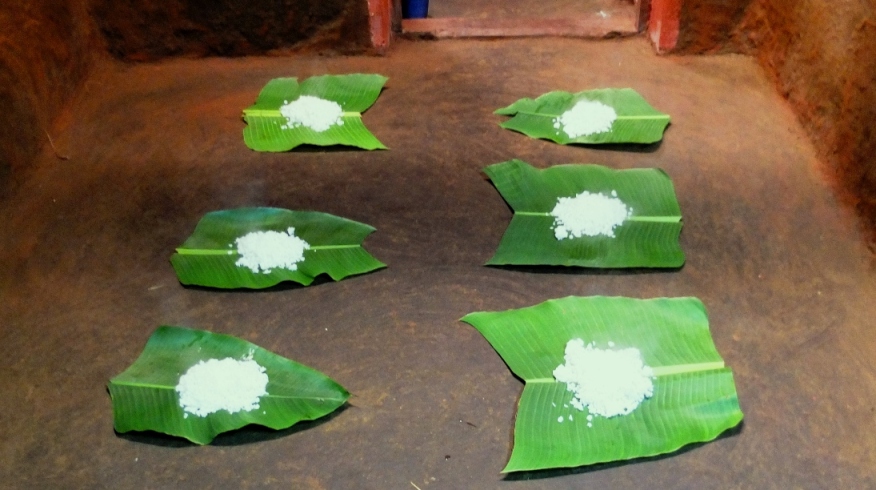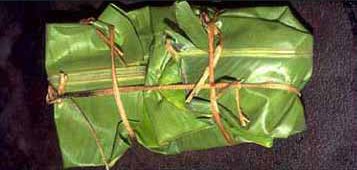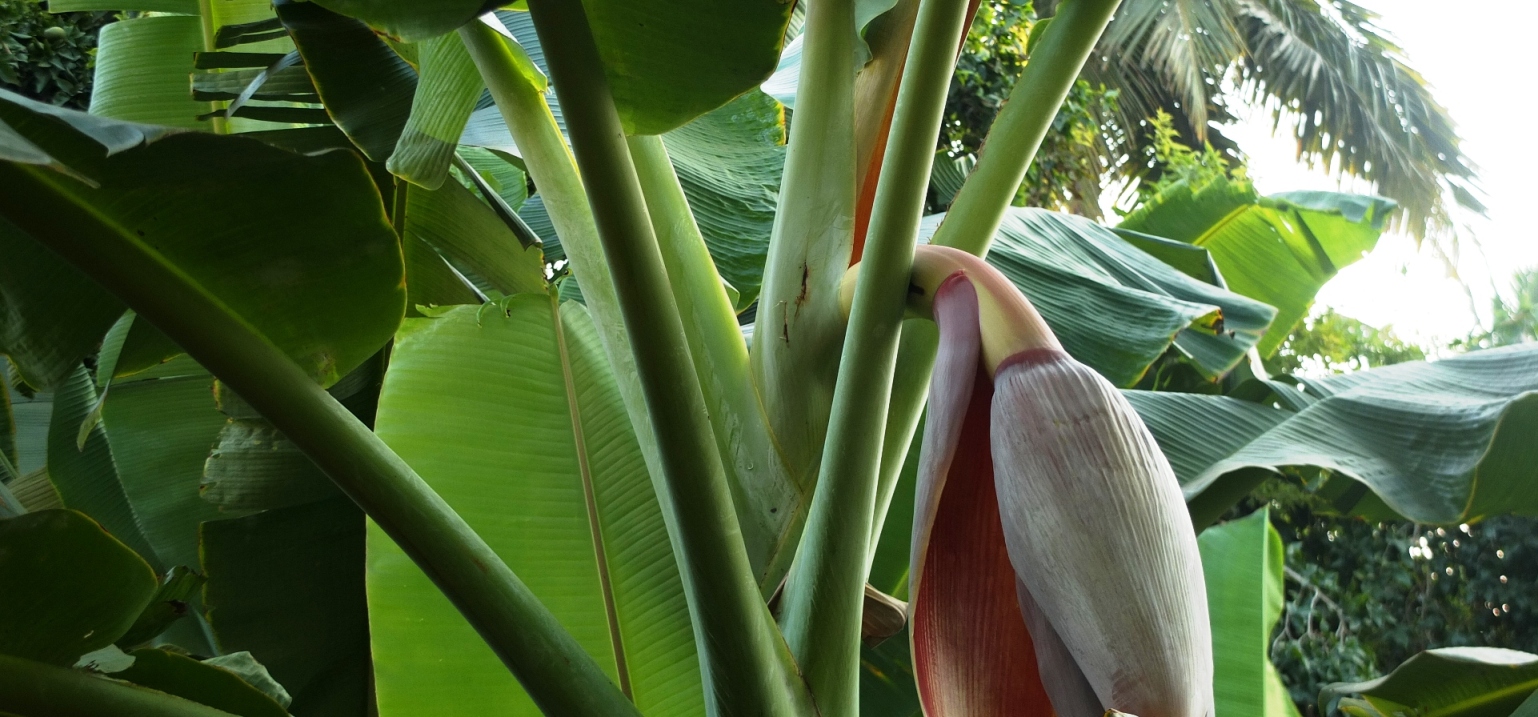
Running a profitable online company when travelling the globe would undoubtedly not be easy. Planning your travel itinerary and locating a functioning Internet link in your destination are both basic requirements. Then you have to handle a whole squad through time zones while still dealing with personal issues.
Of course, there have been some fantastic advantages to this way of life. It’s like creating a vast network of people around the world. And you’ll be able to visit some great sites, ranging from South America’s cosmopolitan cities to Asia’s temples.
Following aspects must be acknowledged to build an online business while travelling the world-
1. Define a budget
When you first start travelling, it would be very tempting to waste money on things you don’t need, such as needless activities, food, or goods. All will seem fresh and thrilling to you, and you will desire it. Begin by creating a budget to help you resist those temptations.
Your travel budget will be determined by the city you want to visit. Since you are starting a new enterprise, you want to pay as least as possible. While also reaping the benefits of geo arbitrage, as mentioned above, you can recycle everything back into it.
Start by making a list of cities you’d like to travel in on places like NomadList and The Earth Awaits. Both pages have a comprehensive rundown of living expenses, as seen above.
I can’t suggest which city you should visit because it would rely on your needs and interests. Cities like Chiang Mai and Lisbon are excellent places to visit with other digital nomads. If you want to go surfing, Cape Town is the place to go. Berlin and Barcelona are two comparatively cheap places to network with tech entrepreneurs. The same can be said for some other hobby or curiosity.
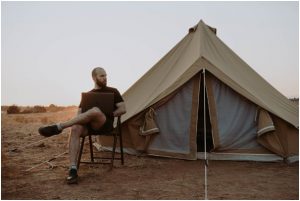 2. Start saving money before you start
2. Start saving money before you start
Geo arbitrage would allow you to save more money than if you lived in a big city in the United States, Europe, or Australia. You’ll save a lot of money if you maintain your current income and relocate to a cheaper area.
Nonetheless, it is much easier to begin saving money before embarking on your journey. After all, you’ll be expanding your business. If you are concerned that you will not support yourself, you will divert your mental and emotional energies away from your company.
Having a financial surplus will give you peace of mind and encourage you to spend more in your company because you’ll be able to make do if sales decline.
Set up an automated withdrawal from your savings account with your preferred bank. Make an effort to save at least half as much as you spend. For example, if your monthly budget is $2,000, you can save at least double that amount before embarking on your trip.
You may also use services like Qapital and Digit. It will assist you in saving depending on regulations, budget amounts, and other factors. Additionally, try opening an internet-only bank account. It offers high interest savings rates and annual returns. These are several times higher than those offered by traditional banks.
Try selling all of your non-essential possessions that you would not be taking with you to save even more money. You will become even more aware of your possessions as a result of your travels. Walking through the stone-paved European streets with many large pieces of luggage is both pricey and inconvenient. The extra room and weight you save will convert into more money, which you can put into your savings account.
3. Fill the needs with specific skills set
Companies and associations are often created to meet a specific need. Entrepreneurs must understand their particular skill sets. And what they have to deliver that sets them apart from their rivals. At the same time, launching and operating an online company when travelling the globe.
For example, someone that wishes to start an online company doing social media consulting. And does not have any technical expertise in the industry will find it challenging to compete with businesses that have been doing so for years.
An entrepreneur with advanced video editing and production skills as well as years of working experience with reputable, well-known companies, on the other hand, will most likely use those credentials to launch a profitable online company.
Larry Alton, writing for Entrepreneur, outlines steps for turning a passion into a business enterprise, including developing a blueprint, optimizing time, and establishing an online presence.
4. Determine if your business can be handled remotely
Since there are few barriers or limits on where you can undertake writing, freelance writing is a standard remote working career. Professionals in this sector can run their companies when travelling the globe and satisfy client demands. Not all companies are well-suited to being run remotely by mobile entrepreneurs.
Entrepreneurs should think about whether a business plan or strategy would work in another country. Video editors and developers, for example, can find it challenging to move all of the equipment needed to make video content when travelling around the world.
Any companies’ potential customers may choose to collaborate with a partner they can consult daily, even if an entrepreneur’s skill set is currently in demand. For Ex – specialist with 15 years or more experience in email marketing, potential industry trends may make that skill set less attractive. It will put the Entrepreneur’s hopes of running an online company while travelling in jeopardy.
And when a business idea is sound, entrepreneurs can face difficulties. One of the most critical qualities an entrepreneur in another country would require is insight. According to Kathleen Peddicord, a contributor to HuffPost.
5. Ensure business has strong financial condition
When travelling, a professional who runs a writing company may find enough customers and earn enough money to cover the expenses of travel, accommodation, and all other urgent financial obligations. However, some customers could be forced to cut their consultancy expenses, resulting in less work for the writer.
The company can not be viable if the Entrepreneur’s financial situation isn’t good enough to reduce jobs temporarily. Furthermore, if the Entrepreneur hires others, a decline could affect the Entrepreneur’s ability to pay their wages and benefits packages or even keep them working.
Upstart capital, economic mood, and ongoing cash flow are three aspects covered in Investopedia’s eight-point viability test for launching a small company. An entrepreneur must set aside sufficient money to establish a corporation. And navigate it through tough times and ensure that sales continue to flow in so that the company can fulfil all of its operational needs.
6. Use Good Technology Tools
Consider the following scenario: An entrepreneur chooses to travel while starting an online company. Companies, sporting clubs, and other organizations will order personalized T-shirts from the company.
The tees are 25% less expensive than those sold by traditional brick-and-mortar stores. Since the Entrepreneur has to connect with partners and clients by phone, email, or video chat, most Entrepreneur claims it is feasible to run the company remotely.
However, the other instruments used to run the company may have escaped the notice of that Entrepreneur. It will include existing resources like ink for the patterns and even the shirts themselves. As well as tools and wireless technologies that can help handle orders, schedule retail sales, and resolve consumer questions.
Even with a brilliant concept and a competitive market edge, the company would need to invest in these instruments to succeed and ensure that they are well managed, serviced, and updated when operating the company overseas.
According to the US Small Business Administration, entrepreneurs may take ten separate steps to start a company. Including doing market research, selecting a business framework, and securing licenses and permits.
7. Build Network While Travelling
Entrepreneurs who work remotely and run an online company are likely to meet various practitioners on their journeys. It may be professionals who are also reaping the rewards of working from home or persons who only happen to cross paths.
These new experiences and partnerships provide an incentive for entrepreneurs to broaden their networks and pursue new customers or business partners. Other remote working professionals may need another entrepreneur’s services.
Entrepreneurs can also interact with new professionals by attending networking activities in other cities. They will also use social media to post their travel stories and connect with new people online. Like this way you could travel and earn money at the same time.
Conclusion
Clients and partners would like to know an entrepreneur that has a diverse skill set. An entrepreneur who is insightful about historical and future industry dynamics. And will produce outcomes that meet their needs, regardless of whether their company is located in a physical location or only exists online.
Entrepreneurs will excel in running an online company while travelling the globe by developing a realistic business strategy identifying the technologies that can help a business prosper and creating strong networks.

Blog author: Shambhavi Maurya
Author Biography: Our Team’s vision on Build Your E-com is to guide every Entrepreneur dreaming to make it BIG with an Online Business. With my own e-commerce site, IndiGalleria, running alongside this, I have been through every phase that you must be in right now starting and on the trot of your ecommerce business. I genuinely believe in the power of a thought, and it is because of that, that you landed here to read these articles.
Feel free to connect with me on Instagram, Facebook, LinkedIn or Twitter.
LinkedIn: https://www.linkedin.com/in/shambhavi-maurya-96874b1a0/
Instagram: https://www.instagram.com/build_your_ecom/


